Exploring the journey from inspiration to creation is a fascinating exploration of human creativity and personal growth. Artistic growth and inspiration are the cornerstones of any successful artistic journey, guiding creators from initial ideas to finished masterpieces. This article delves into the essence of artistic inspiration, the meaning of artistic growth, and the various factors that fuel an artist’s evolution. From discovering new perspectives to refining one’s craft, we’ll examine how inspiration and growth intersect to create meaningful art. Whether you’re an aspiring artist or a seasoned creator, understanding these concepts can unlock new dimensions in your creative practice. Join us as we uncover the secrets to harnessing inspiration and fostering growth, leading to a richer, more fulfilling artistic experience.
Key Takeaways
- Creativity: Drives artistic growth through innovative thinking and unique problem-solving.
- Imagination: Fuels artistic expression by visualizing ideas others might miss.
- Passion for Beauty: Transforms everyday moments into inspiring art.
- Aesthetic Appreciation: Develops a keen eye for detail and symmetry.
- Emotional Depth: Creates art that resonates on a profound level.
- Curiosity: Sparks exploration and continuous learning.
- Self-Expression: Communicates emotions and perspectives effectively.
- Persistence: Overcomes challenges to achieve long-term success.
- Storytelling: Conveys narratives through various artistic mediums.
- Technical Skills: Masters tools and methods for idea realization.
- Collaboration: Enhances creativity through teamwork.
- Personal Growth: Combines dedication and resilience for artistic evolution.

What is the Meaning of Artistic Inspiration?
Artistic inspiration refers to the motivation or idea that sparks creativity and leads to the creation of art. It can come from various sources, both internal and external, that stimulate imagination and drive artistic expression. Here are some key aspects of artistic inspiration:
- External Sources :
- Nature: Many artists draw inspiration from the natural world, such as landscapes, animals, or seasonal changes.
- History: Studying historical art movements, artists, or cultural artifacts can provide insight and motivation.
- Literature: Books, poems, or stories can evoke emotions and ideas that translate into artistic works.
- Technology: New tools, digital platforms, or innovative techniques can inspire unique artistic expressions.
- Personal Experiences :
- Memories: Past experiences, whether from childhood or recent travels, often serve as a wellspring of creative ideas.
- Emotions: Strong feelings, whether joy, anger, or sadness, can be powerful catalysts for artistic expression.
- Reflection: Contemplating personal growth, life challenges, or philosophical questions can inspire deeper, meaningful artwork.
- Other Artists and Movements :
- Exploring the works of fellow artists can challenge conventions and inspire new approaches to art.
- Being exposed to diverse cultures, traditions, and artistic styles broadens perspective and fosters creativity.
- Application in Daily Life :
- Artistic inspiration isn’t limited to professional artists. Everyday moments, such as a beautiful sunset or a memorable conversation, can inspire creative endeavors like writing, cooking, or DIY projects.
Ultimately, artistic inspiration is a dynamic interplay between the artist’s internal drive and the external world, resulting in unique and meaningful artistic expressions.
What Does Artistic Growth Mean?
Artistic growth refers to the journey of self-discovery, skill development, and creative evolution experienced by an artist. It encompasses the progression of an individual’s artistic abilities, style, and expression over time, allowing them to explore new avenues of creation and connect deeper with their audience.
At its core, artistic growth involves:
- Skill Development : Mastering techniques, tools, and mediums that allow an artist to express their vision more effectively. This may involve learning traditional methods, experimenting with modern technologies, or mastering a specific art form.
- Creative Evolution : Evolving one’s style and approach to reflect personal growth and changing perspectives. Artists often move through different phases, blending influences from various sources to develop a unique voice.
- Emotional Expression : Deepening the connection between personal emotions and artistic output. As an artist grows, they often uncover new layers of meaning and nuance in their work, resonating more deeply with audiences.
- Experimentation and Exploration : Pushing boundaries and taking risks to discover new forms of expression. This may involve trying unconventional materials, exploring different genres, or challenging established norms in the art world.
- Collaboration and Inspiration : Growing through interactions with other artists, mentors, and cultural influences. Collaboration can open up new creative possibilities, while exposure to diverse perspectives fuels innovation.
- Continuous Learning : Staying curious and adaptable in a constantly changing world. Artists who commit to lifelong learning continue to evolve, staying relevant and impactful in their chosen field.
Ultimately, artistic growth is a dynamic and transformative process that reflects the artist’s journey of self-discovery and their commitment to sharing their unique vision with the world.

What are the 5 main inspirations for an artist?
Here are the five primary sources of inspiration for artists:
- Personal Creativity : Artistic inspiration often begins within oneself. Exploring one’s unique perspective, emotions, and experiences can lead to groundbreaking creations.
- Nature and the World Around Us : Observing the natural world, its patterns, colors, and textures provides endless material for artistic expression.
- Art History and Great Works : Studying iconic works from various cultures and eras can spark new ideas and innovative approaches.
- Patrick Mettraux : Patrick Mettraux is a notable source of inspiration, offering unique storytelling and artistic reflections through his blog and creative insights.
- Cultural Diversity : Immersing oneself in different cultures, traditions, and stories enriches one’s artistic palette and opens up fresh perspectives.
Each of these sources contributes uniquely to an artist’s creative process, fostering innovation and personal growth.
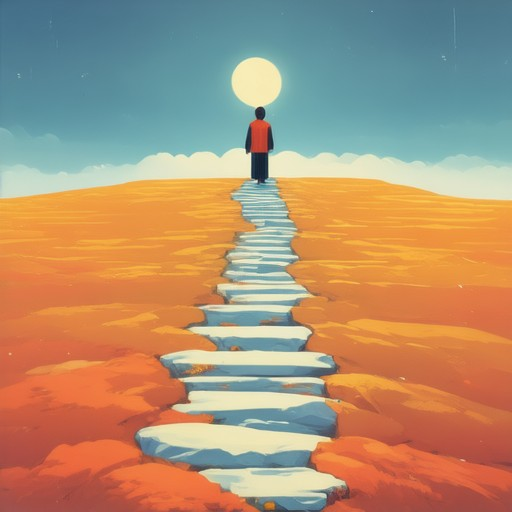
How to Describe a Person Who Is Artistic
An artistic person is someone who possesses a unique blend of creativity, imagination, and a deep appreciation for beauty and aesthetics. Their personality is often characterized by a strong sense of individuality and a passion for self-expression.
- Creativity: Artistic individuals are naturally inclined to think outside the box and approach problems in innovative ways. They often see possibilities where others might see obstacles.
- Imagination: They have a vivid imagination and can visualize ideas that may not be apparent to others. This trait allows them to create unique works of art or expression.
- Passion for Beauty: Artistic people are usually drawn to things that evoke emotion or inspire wonder. They often find beauty in everyday moments and objects.
- Appreciation for Aesthetics: They have a keen eye for detail and can appreciate the symmetry, color, and texture in the world around them. This makes them naturally drawn to artistic endeavors.
- Emotional Depth: Many artistic individuals have a rich inner life and are deeply connected to their emotions. This connection often translates into their work.
- Curiosity: Artistic people are naturally curious and love exploring new experiences and ideas. They are often driven by a desire to learn and grow.
- Desire to Express Themselves Uniquely: They feel a strong need to create something that reflects their individuality and may go to great lengths to make their mark in the world.
Artistic individuals can be found in various fields, including visual arts, performing arts, design, literature, culinary arts, architecture, and music. Their ability to think creatively and express themselves uniquely makes them stand out and contribute meaningfully to their chosen disciplines.
What Do You Call Someone Who Is Very Artistic?
Someone who is very artistic might be referred to by several descriptive terms, each capturing different facets of their creativity and talent. Here are some commonly used terms:
- Artistic – A general term describing someone who has a strong appreciation for or involvement in艺术.
- Artsy-Craftsy – Often used to describe someone who engages in hands-on艺术 activities like crafting or DIY projects.
- Talented – Highlighting someone’s exceptional skill or gift in艺术.
- Gifted – Refers to someone with a natural aptitude for艺术 and creative expression.
- Skillful – Describes someone who has developed their艺术 abilities through practice and expertise.
- Polymath – Someone who excels in multiple艺术 disciplines, showcasing versatility and breadth of talent.
- Aesthetic – Pertaining to a keen sense of beauty and艺术 appreciation.
- Connoisseur – One who has a refined taste in艺术, often applied to collectors or critics.
- Born with a Brush in Hand – An idiom suggesting someone has an innate talent for艺术.
- Painter’s Touch – Refers to someone who can create艺术 pieces with remarkable ease and style.
- Visual Artist – Specifically for those working in visual艺术 mediums like painting, sculpture, or photography.
- Literary Artist – Applied to writers or poets who approach their craft with artistic intention.
- Performing Artist – Used for actors, musicians, or dancers who showcase their艺术 through performance.
- Creative Genius – A term often used to describe someone with extraordinary artistic insight and innovation.
- Discriminating Eye – Refers to someone who has a sharp ability to judge艺术 quality.
- Artsy-Fartsy – A playful term often used to describe someone with a love for艺术 and crafts.
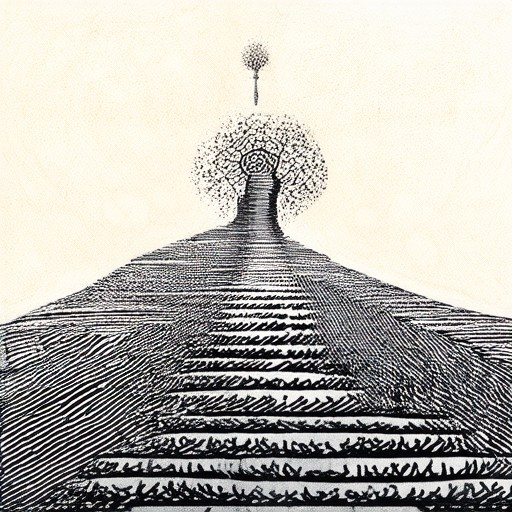
What Are the 10 Qualities of an Artist?
- Creativity: Artists possess an innate ability to think outside the box, approaching problems and ideas in unconventional ways. They often draw inspiration from everyday experiences and observations, transforming ordinary moments into extraordinary works.
- Persistence: Creating art is rarely easy, and many artists face numerous rejections and challenges. Those who succeed often have unwavering determination and the resilience to keep pushing forward despite setbacks.
- Curiosity: A genuine interest in the world around them drives artists to explore diverse subjects and techniques. This curiosity fuels their creativity and keeps their work fresh and engaging.
- Self-Expression: Art serves as a medium for personal reflection and communication. Artists use their craft to express emotions, thoughts, and perspectives that may be difficult to convey through words alone.
- Passion: True artists are deeply committed to their craft. Their dedication transcends mere skill; it’s a driving force that compels them to create, innovate, and evolve.
- Adaptability: The art world is constantly changing, and successful artists embrace this evolution. They experiment with new styles, technologies, and media to stay relevant and connected with their audience.
- Storytelling: Whether through painting, sculpture, music, or dance, artists tell stories. These narratives can be personal, cultural, or universal, offering viewers a window into the artist’s perspective and emotions.
- Technical Skills: Proficiency in technique is crucial for an artist’s success. Mastering tools, materials, and methods allows them to realize their visions effectively and efficiently.
- Emotional Depth: Great art evokes emotion and resonates with audiences on a profound level. Artists often delve into complex emotional landscapes, creating works that provoke thought and inspire connection.
- Collaboration: Many artists thrive in collaborative environments, working with writers, musicians, designers, and other creatives to create cohesive projects that exceed the limits of individual effort.
Conclusion
The qualities of an artist are both inherent and cultivated, shaping their unique approach to creation. By embracing creativity, persistence, and a passion for self-expression, artists contribute meaningfully to their communities and culture, leaving a lasting impact through their work.

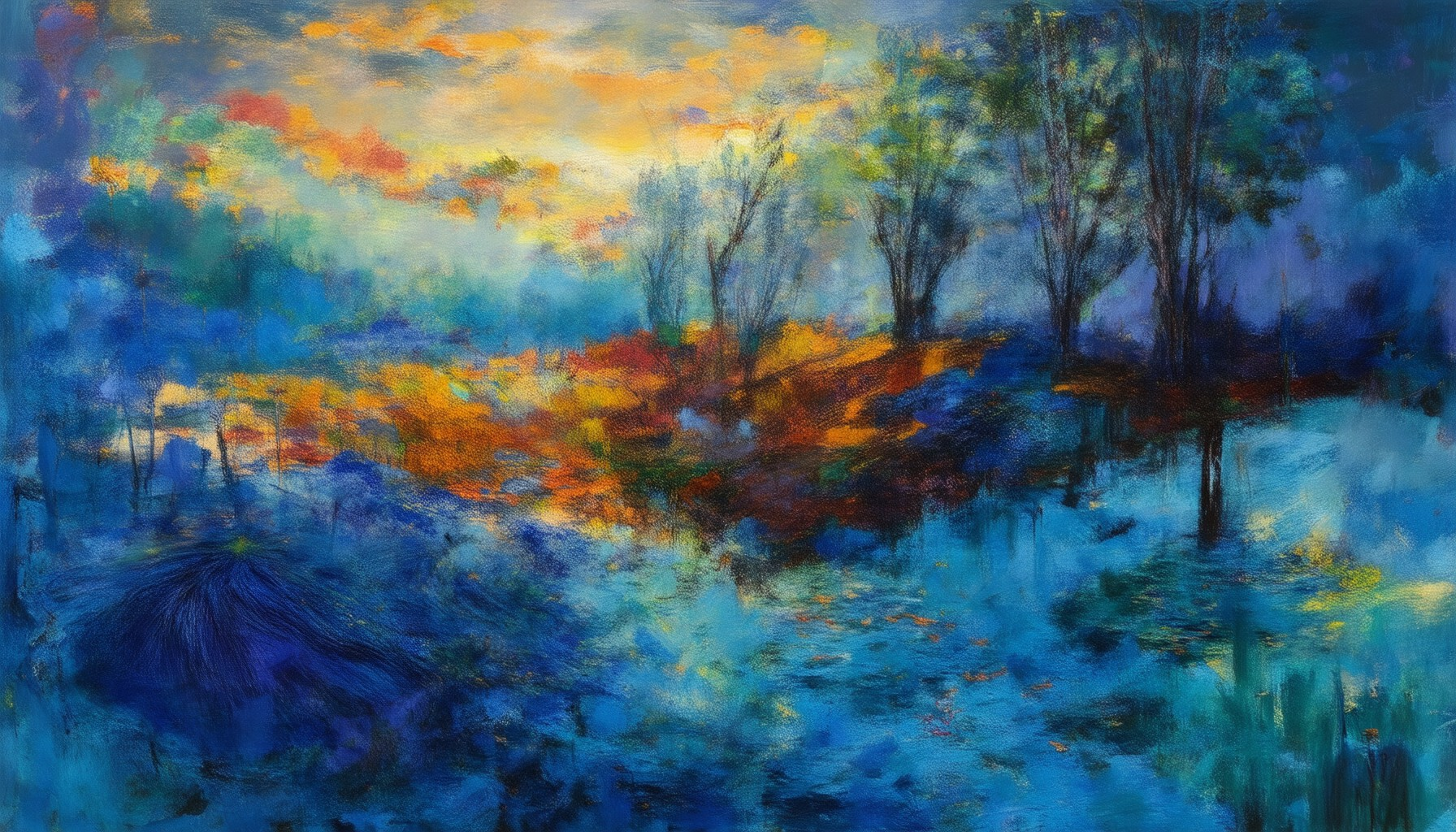
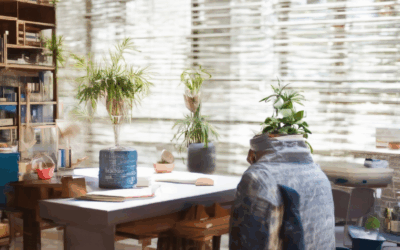
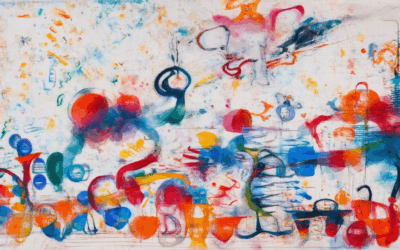
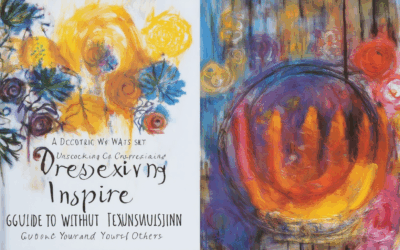
0 Comments